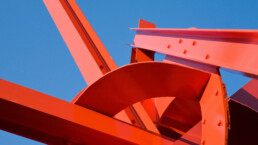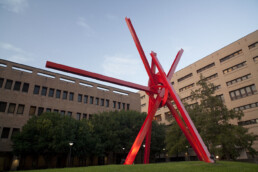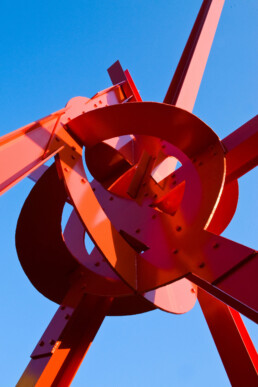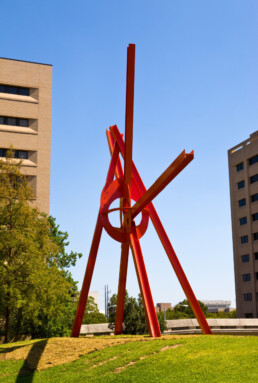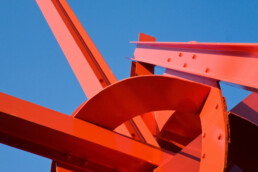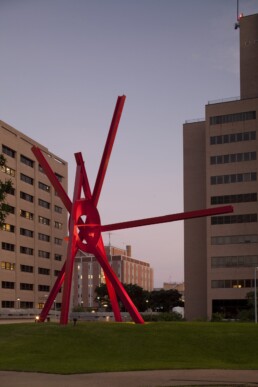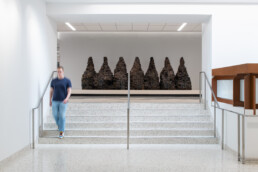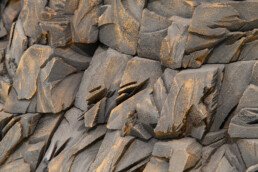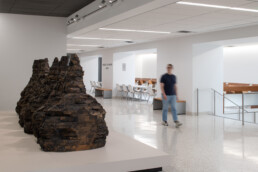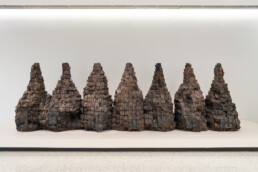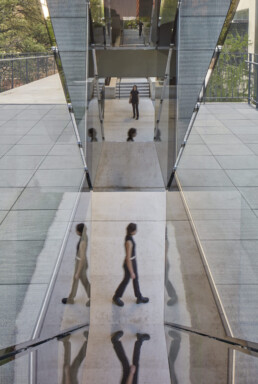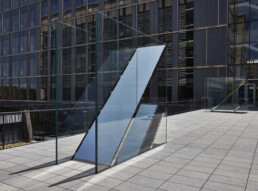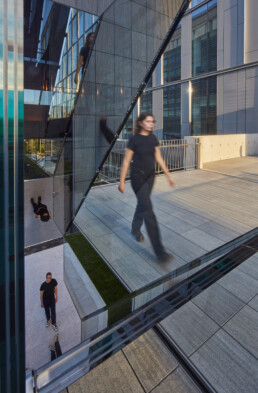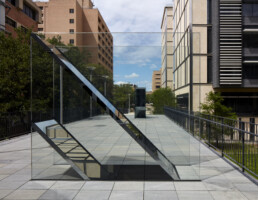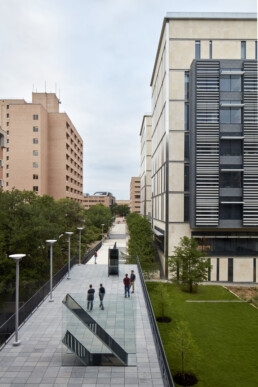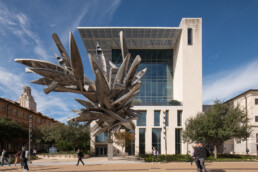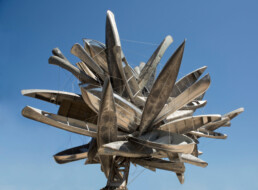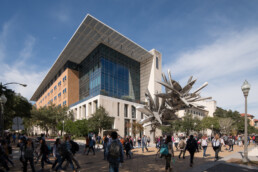By Lauren Grant
Art and engineering may seem like two vastly different fields, but they are more closely connected than one might think. At their core, both are about problem-solving, creativity and innovation. They each require the ability to imagine, design and execute complex ideas, and they both involve a deep understanding of materials, processes and techniques.
Engineers are constantly experimenting with new technologies, materials, and designs to improve the functionality and efficiency of their products. Similarly, in art, experimentation is crucial to the creative process. Artists often try out new materials, techniques, and processes to see how they can push the boundaries of their craft. Both art and engineering require a willingness to take risks and try out new ideas to achieve breakthroughs and make advancements.
Engineering and art both play important roles in shaping the world around us. Engineering has the power to transform the way we live and work, while art has the power to inspire, provoke, and challenge us. Both fields have the ability to create solutions to some of the world’s most pressing problems, whether it’s designing sustainable buildings or creating new technologies to address climate change.
Here on the Cockrell School of Engineering campus, we are fortunate to be surrounded by art, thanks to the university’s Landmarks program. This year, Landmarks celebrates 15 years of placing works of modern and contemporary art around the UT campus for all to enjoy and be inspired by.
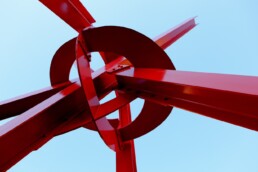
Mark di Suvero, Clock Knot, 2007. Photo by Nathan Termansen. Courtesy of Landmarks, the public art program of The University of Texas at Austin.
Clock KnotMark di Suvero
Clock Knot, the monumental red-painted steel sculpture, is a beacon on the engineering campus. Its 41 feet, 6 inches of crimson I-beams contrast with the rolling green grass hill it sits on, anchoring the north end of the engineering campus.
The artist is Mark di Suvero, and he has combined his background in construction with his love for art and language. The title of the piece is in fact a play on words: is it a clock? Is it not a clock? Is it a knot?
Di Suvero’s work is often associated with the American Abstract Expressionist movement, and Clock Knot is no exception. The sculpture is a prime example of the artist’s interest in creating large-scale, abstract works that engage with the environment and the viewer.
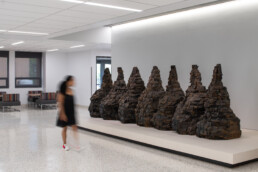
Ursula von Rydingsvard, Untitled (Seven Mountains), 1986-1988. Photo by Paul Bardagjy. Courtesy of Landmarks, the public art program of The University of Texas at Austin
Untitled (Seven Mountains)Ursula von Rydingsvard
Inside the corridor linking the Engineering Education and Research Center (EER) to Ernest Cockrell Jr. Hall (ECJ) is the cedar wood sculpture Untitled (Seven Mountains) by Ursula von Rydingsvard. The surfaces of the cedar pieces are carved, chiseled and textured with intricate patterns and lines, giving them a sense of movement and dynamism. The rough-hewn, naturalistic look is enhanced with graphite powder that has been rubbed into the wood, giving it the appearance of a natural patina. With this process, von Rydingsvard takes the mechanically altered four-by-four beams back into a more organic form, reminding the viewer of where the wood originated.
Von Rydingsvard’s work often draws on her own life experiences. The sculpture references her childhood memories of the Carpathian Mountains in Poland, where she was born. The piece is a tribute to the beauty and power of nature, and a testament to the skill and artistry of the artist who created it.
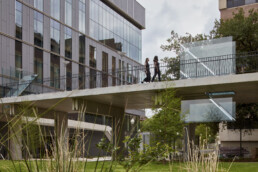
Sarah Oppenheimer, C-010106, 2022. Photo by Richard Barnes. Courtesy of Landmarks, the public art program of The University of Texas at Austin
C-010106Sarah Oppenheimer
The newest addition to the engineering campus is by New York-based artist Sarah Oppenheimer. Situated at opposite ends of the Peyton Yates Family Bridge connecting EER to the Gary L. Thomas Energy Engineering Building, mirrored and clear glass panels interrupt the linear orientation of the path – reflecting the sky, the ground below the bridge and those walking by. The cutouts in the glass panels create a sense of instability, as the viewer’s impression of the cube shifts and changes depending on their position.
Oppenheimer’s work is often concerned with exploring the relationship between architectural space and human perception, and C-010106 is a prime example of this. The artwork challenges our understanding of physical boundaries and encourages us to question our perception of the built environment.
Nancy Rubins, Monochrome for Austin, 2015. Photo by Paul Bardagjy. Courtesy of Landmarks, the public art program of The University of Texas at Austin
Monochrome for AustinNancy Rubins
At the southwestern edge of the engineering campus, Nancy Rubins’ Monochrome for Austin appears to explode out of the sidewalk, defying gravity.
The sculpture consists of 70 used aluminum canoes and small boats that have been welded together to form a massive, undulating assemblage. Rubins often works with engineers to help realize her sculptures, which can weigh several tons and require complex structural support. Despite the apparent chaos, there is a sense of balance and symmetry in the sculptures, as Rubins carefully selects and arranges each piece to create a unified composition.
Learn more about Landmarks and the artists who created them at https://landmarks.utexas.edu/.
